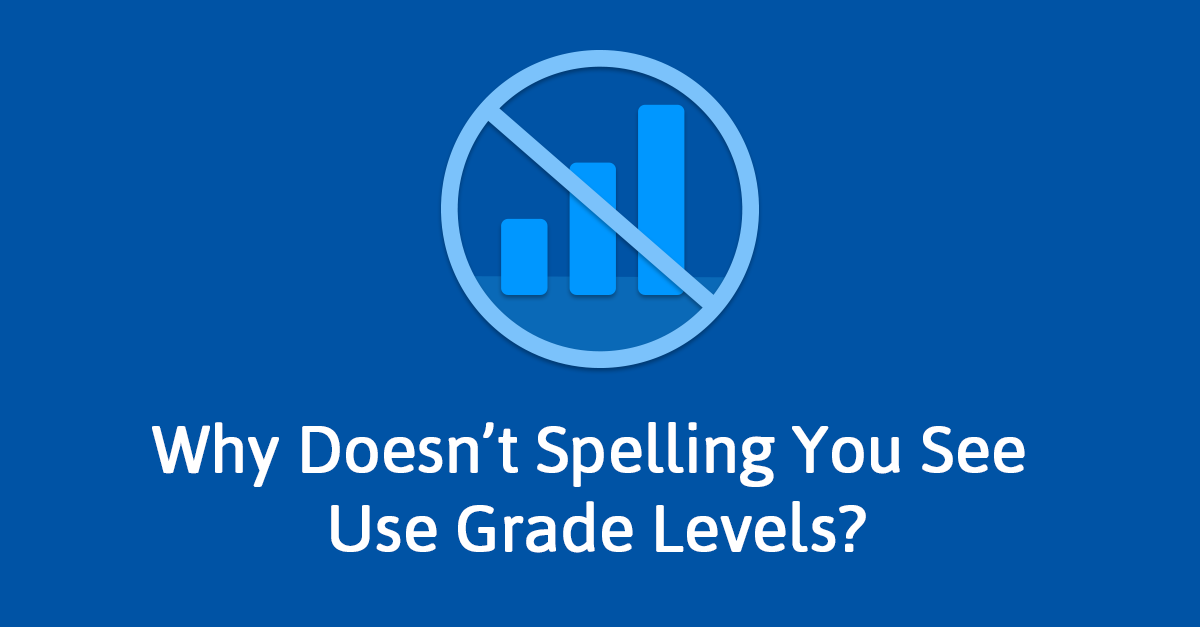
If you’re looking at the Spelling You See curriculum for the first time, you’ll see that the levels are designated by letters. Some people immediately make the assumption that the letters represent grade levels: Level A for first grade, Level B for second grade, and so on. Nothing could be further from the truth! As with its sister product, Math-U-See, Spelling You See students move through the program based on individual skill development, not by grade. Let’s examine how you can determine the best place to start your child in Spelling You See.
Think back to your own elementary school experience. You probably had a grade-based speller in which you were presented lists of words chosen to match the reading level for that grade. The teacher would assign a word list on Monday (sometimes accompanied by a pretest), give you activities through the week to practice the words, and then have you take the final test on Friday. Then you were expected to spell each word correctly every time you wrote it from then until eternity. How did that work for you? If you’re like most of us, this technique was not very effective, and, after years of the same routine, you finally determined that you were either a good speller or a bad speller and moved on from there. Unfortunately, teachers didn’t know how else to teach spelling until fairly recently. In the past 20 years or so, our understanding of how the brain learns and how children learn to spell has increased exponentially, leading to more effective ways to teach this important subject.
The findings related to spelling can be primarily attributed to the work of Edmund Henderson. As others built upon his research, educators came to realize that learning to spell is actually a developmental process, comprising stages through which all children must naturally progress.
The Spelling You See Program Describes the Stages This Way:
Preliterate
Children first acquire basic understandings about language. Through exposure to books via read-alouds and free exploration, they learn that spoken words can be represented with marks on a page. They also experiment making these marks on their own, progressing from “pretend writing” to writing letters. This is the foundation that children build upon as they enter the Spelling You See program.
Phonetic
As children continue to be exposed to oral language (especially rhymes), they begin to notice that words are made up of individual sounds. At this level, they then associate sounds with their corresponding letters and begin writing words on their own (although “I love my cat” may appear as “I luv mi kat”). Spelling instruction at this stage involves helping students learn basic phonics rules so that they can both read and write at an age-appropriate level. This is the focus of Listen and Write and the first half of Jack and Jill in the Spelling You See program.
Skill Development
As students progress in their reading ability, they soon discover that many words do not follow phonics rules. Now the students need new techniques to help move the correct spellings of these words to long-term memory. Beginning with the second half of Jack and Jill, students read passages where these words appear in meaningful context and then work with the words in the purposeful activities of oral reading, copywork, color-coding of letter patterns (“chunking”), and dictation. Since vocabulary develops rapidly in the elementary years, these activities must be repeated with words of increasing difficulty. For this reason, students in the Spelling You See program work thrAs students progress in their reading ability, they soon discover that many words do not follow phonics rules. (In fact, 47% of the common words we use in everyday communication are not spelled the way they sound!) Now students need new techniques to help move the correct spellings of these words to long-term memory. Beginning with the second half of Jack and Jill, students read passages where these words appear in meaningful context and then work with the words in the purposeful activities of oral reading, copywork, color-coding of letter patterns (“chunking”), and dictation. Since vocabulary develops rapidly in the elementary years, these activities must be repeated with words of increasing difficulty. For this reason, students in the Spelling You See program work through the same activities in Levels B–F, becoming more competent with the spellings of increasingly complex words.
Word Extension
At this level, students have developed basic understandings of word structure and are able to work with word parts: syllables and affixes (prefixes and suffixes). This is when they learn and apply the rules for doubling consonants, dropping the final -e, creating plurals, etc. In the Spelling You See program, students transition into these activities iAt this level, students have developed basic understandings of word structure and are able to work with word parts: syllables and affixes (prefixes and suffixes). This is when they learn and apply the rules for doubling consonants, dropping the final -e, creating plurals, etc. In the Spelling You See program, students transition into these activities in Level F and focus on them exclusively in Level G.
Derivational Constancy
Students at this stage are able to apply the understandings they have acquired through the Spelling You See program and explore spelling based on word roots (especially Greek and Latin roots).
Students at this stage are able to apply the understandings they have acquired through the Spelling You See program and explore spelling based on word roots (especially Greek and Latin roots). There are many wonderful vocabulary programs on the market that complement the Spelling You See program and take students through this last stage of spelling development to final competence with the English language.
If Spelling You See is based on development and not on grade level, how does a parent know where to start a student in the program? The Spelling You See website gives readiness guidelines that can be used to determine correct placement. While the program is different, it is not difficult. When exploring the guidelines, the best rule to keep in mind is to select a level where the passage content is easier than what your student is reading in other subjects. Spelling You See is unique in the marketplace, and a total paradigm shift in the way we teach spelling in the United States. Come join the families who are experiencing real spelling success with this program.
We Are Here to Help
Placement in Spelling You See is really important, and it is nuanced. It’s designed this way because we want a child’s spelling experience to be easier than their reading experience. In order for us to do that successfully, we have a set of guidelines.
If you experience any hiccups with placement, we encourage you to get in touch with us so that we can help you. We want you, and your student, to be successful in your spelling journey.
Get in Touch



Leave a Reply